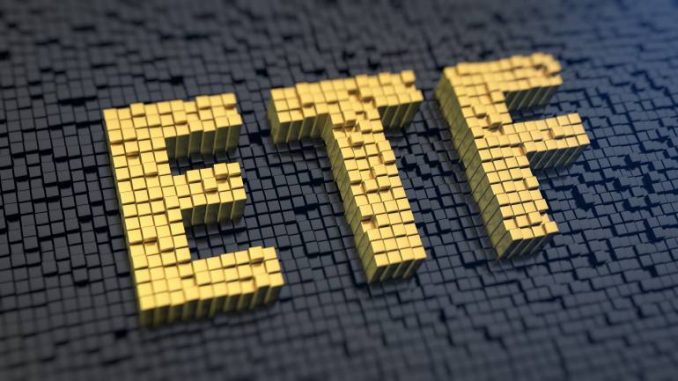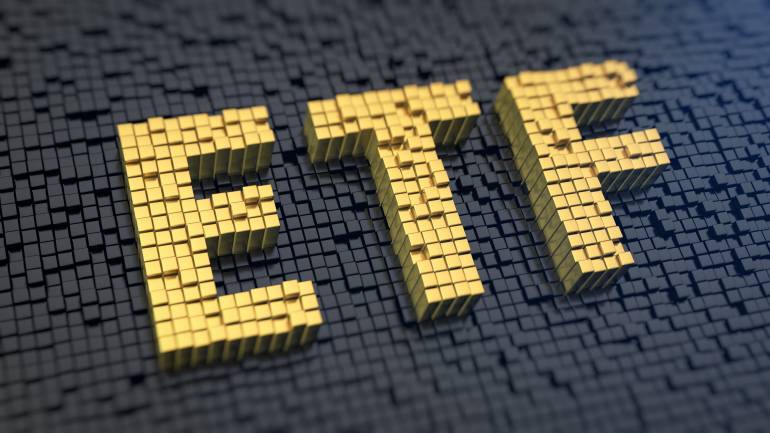

The much awaited debt ETF circular was issued on the Securities and Exchange Board of India (SEBI) website on November 29.
In the Union Budget for FY19, the government had announced plans for debt ETFs of Public Sector Bonds after the success of equity ETFs like CPSE ETF and Bharat-22 ETF.
Equity Exchange Traded Funds (ETFs) have gained the most from this popularity, with more than Rs 1.38 lakh crore of their assets being managed in these ETFs. Gold ETFs manage around Rs 5,800 crore.
Debt ETF-Financial Planning
Mutual funds (MFs) are typically known to be competitor to bank fixed deposit (FD) returns. Now, corporate debt bonds, that give returns in the range of 8-11 percent annually, are considered superior to returns of bank FDs.
A debt ETF is a collection of such corporate debt paper, where the maturity duration of these bonds shall be close to each other.
As the series of bonds mature, other debt papers of a same or similar credit quality and maturity are placed in the basket. So a debt ETF, like equity ETF, becomes a perennial investment option.
Debt ETFs in developed markets are held in large numbers by institutions of pension funds, endowments and retirement corpuses.
The benefits of debt ETFs in personal finance are felt from angle of retirement planning and time bound future cash flow requirements like education, weddings and family expense planning.
Investment criteria
SEBI appears to have tread carefully on debt ETFs as there’s no exchange based publicly available index of invested scrips like in case of equity ETFs based on Sensex, Nifty etc.
In light of recent corporate debt default, SEBI has limited every issuer’s exposure to 15 percent weight of the debt ETF index, a minimum eight issuers and only investment grade papers. The other are technical requirements like all debt papers be of defined similar credit rating and defined maturity duration.
Based on SEBI criteria, the debt ETF index will be constructed, and thereafter, the investment portfolio will be created that tracked that index basket of debt papers.
Permissible tracking error in debt ETFs
The tracking error i.e. a deviation from the constructed debt paper basket, could emanate from differences in terms of actually invested debt paper maturities and the constituent company’s weightage.
To limit such tracking errors, SEBI restricts the deviation in maturity duration of 5 percent at debt ETF portfolio level and up to 10 percent at individual debt paper level. The rationale for such deviations needs thoroughly recorded, mandates SEBI.
Government debt ETFs
The SEBI rules would not be applicable to debt ETFs based on index of government securities and treasury bills. PSUs will find the long term perennial avenue of raising funds through government securities ETF.
Since PSU bonds are sovereign guaranteed, SEBI has exempted them. As reported earlier in September 2019, sources from finance ministry are readying to launch government securities ETF by FY 20-21.
ETFs as an asset class are a low cost, ongoing investment avenue as the active management of security-wise changes are not required after ETF index is constituted, said an ex-SEBI mutual fund department officer who is now an investor.
In debt ETF also, the costs will be lower as piece-by-piece bonds investing entail separate brokerage charges in active bond portfolios, he added.
[“source=moneycontrol”]
